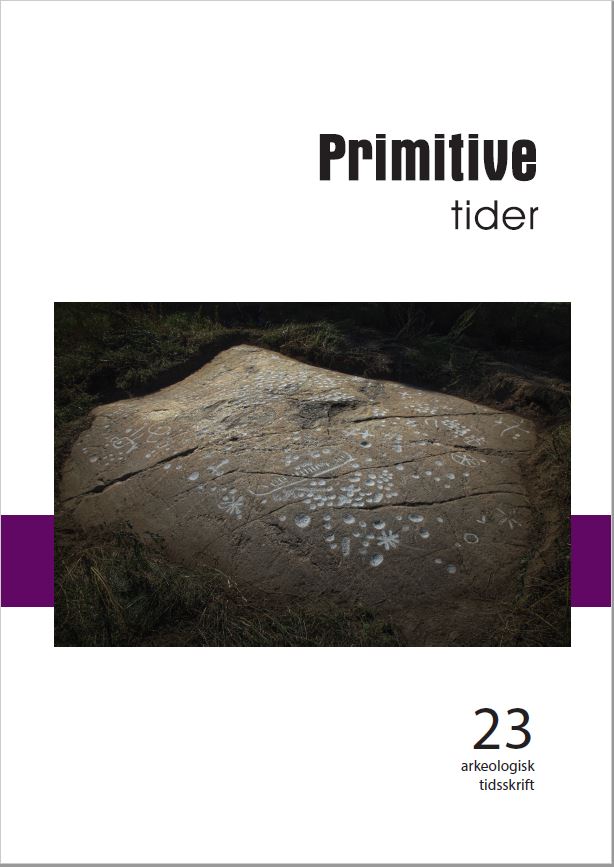Grave developments
A reworked chronological analysis and interpretation of the burial site at Borre
DOI:
https://doi.org/10.5617/pt.9259Sammendrag
The burial site at Borre is a common example of centralization that took place in Scandinavia during the transition between the early and late Iron Age in the sixth century. The major activities of the site are dated to the Late Iron Age, ca. 550-1050 AD. The site, which is specifically known for its uncommonly large collection of monumental mounds, has often been referred to as a burial place for kings, and the mounds have been interpreted as symbols of power meant to solidify the control of the ruling elite. This article examines changes that take place during the sites use and discusses four possible phases based on a reworked chronology. The article argues that the phases are results of different societal needs and place the mounds in a larger setting than simply elitist constructions. The reworked chronology is based on a thorough Bayesian analysis and suggests some alterations to the current understanding of the chronology at Borre.

Nedlastinger
Publisert
Utgave
Seksjon
Lisens
Fra og med årgang 2021 er innholdet i Primitive Tider lisensiert gjennom Creative Commons Navngivelse 4.0 Internasjonal (CC BY 4.0).
© CC BY-NC (2014–2020)
Verk mellom 2014 og 2020 lisensieret under en Creative Commons Navngivelse-IkkeKommersiell 4.0 Internasjonal.
© Forfatter(ne) (1998–2013)
Verk mellom 1999 og 2013 er beskyttet av åndsverkloven. Uten eksplisitt autorisasjon er reproduksjon kun tillatt i den grad dette er i henhold til loven, eller etter avtale med rettighetshaver eller en kollektiv forvaltningsorganisasjon.

